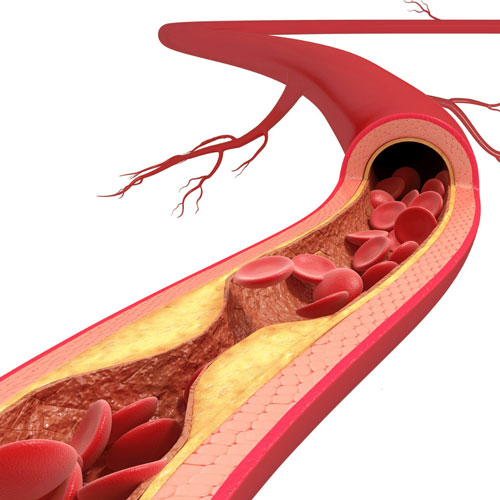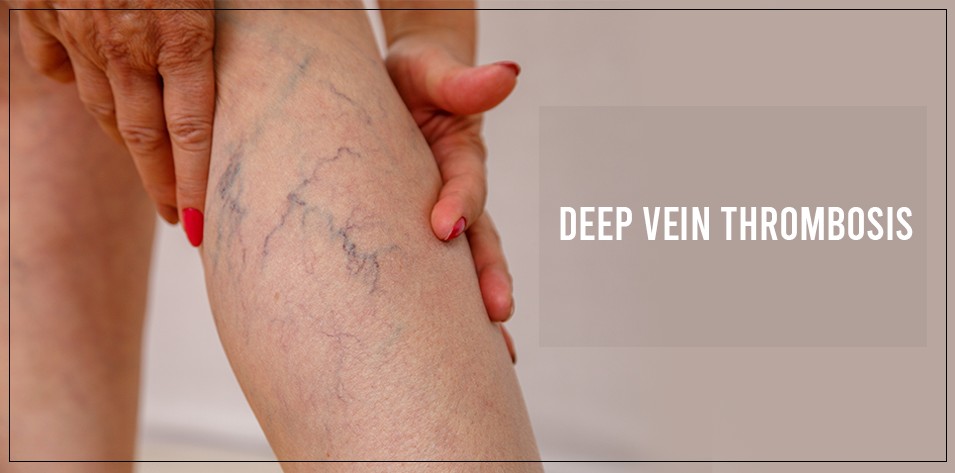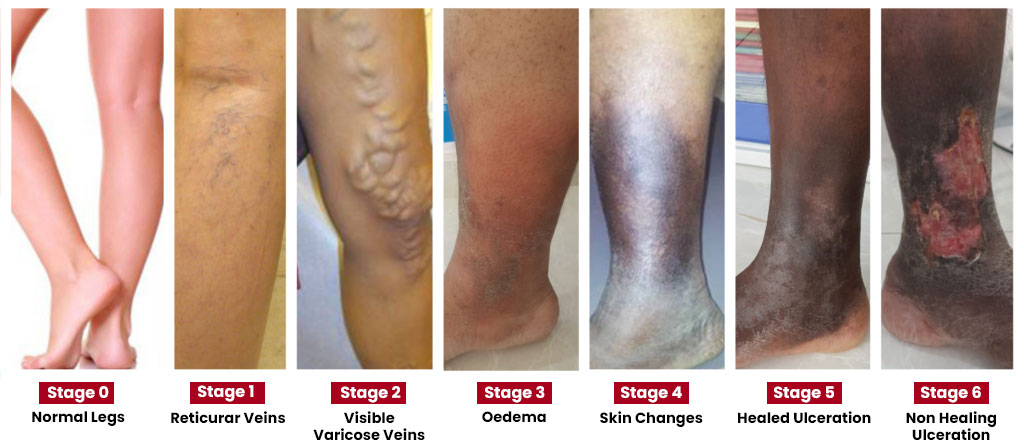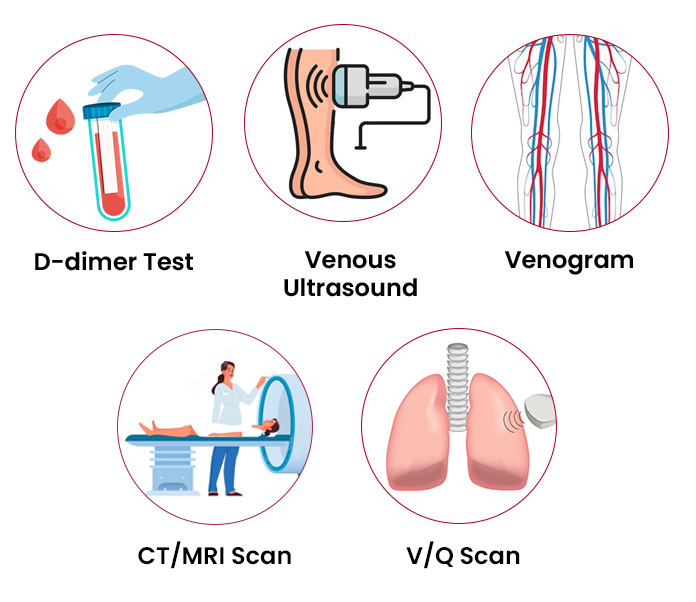Diagnosing Peripheral Vascular Disease (PVD) typically involves a combination of medical history, physical examination, and various diagnostic tests. Here are the common steps in the diagnostic process for PVD:
- Medical History: The healthcare provider will ask about your symptoms, risk factors, and medical history. Information about your lifestyle, such as whether you smoke, have diabetes, or have a family history of cardiovascular disease, is essential.
- Physical Examination: A thorough physical examination may include checking your blood pressure in different parts of your body, listening to your arteries with a stethoscope, and examining your limbs for signs of poor circulation, such as skin color changes or ulcers.
- Ankle-Brachial Index (ABI): ABI is a simple and non-invasive test that compares the blood pressure in your ankles with the blood pressure in your arms. A lower ABI may indicate reduced blood flow to the legs.
- Doppler Ultrasound: This test uses sound waves to create images of blood flow in the arteries and veins. It helps identify blockages or narrowing of blood vessels and assess the severity of the condition.
- Segmental Pressure Measurements: This test involves measuring blood pressure at different levels of the arms and legs to identify specific areas of reduced blood flow.
- Pulse Volume Recording (PVR): PVR is a test that uses cuffs and sensors to measure blood volume changes in the limbs, providing information about blood flow.
- CT Angiography (CTA): A CT angiogram is a type of imaging test that uses X-rays and computer technology to create detailed cross-sectional images of blood vessels. It is particularly useful for assessing the extent and location of blockages.
- Magnetic Resonance Angiography (MRA): MRA uses magnetic fields and radio waves to create detailed images of blood vessels. It is another non-invasive method for evaluating blood flow and identifying abnormalities.
- Angiography: Invasive angiography involves injecting a contrast dye into the blood vessels and taking X-ray images. This test provides detailed images of blood vessel blockages and is often performed if a procedure, such as angioplasty or stenting, is being considered.
- Blood Tests: Blood tests may be conducted to assess cholesterol levels, blood sugar, and other factors that contribute to vascular health.
The choice of diagnostic tests depends on the specific circumstances and the severity of the suspected PVD. Healthcare providers will tailor the diagnostic approach to individual cases, and the results will guide the development of an appropriate treatment plan. If you suspect you have PVD or are experiencing symptoms, it’s essential to consult with a healthcare professional for a comprehensive evaluation.
If you or a loved one are seeking cutting-edge vascular care, look no further. Dr. Kunal Arora, a distinguished Interventional Radiologist in Mumbai, is dedicated to providing advanced and personalized solutions.




